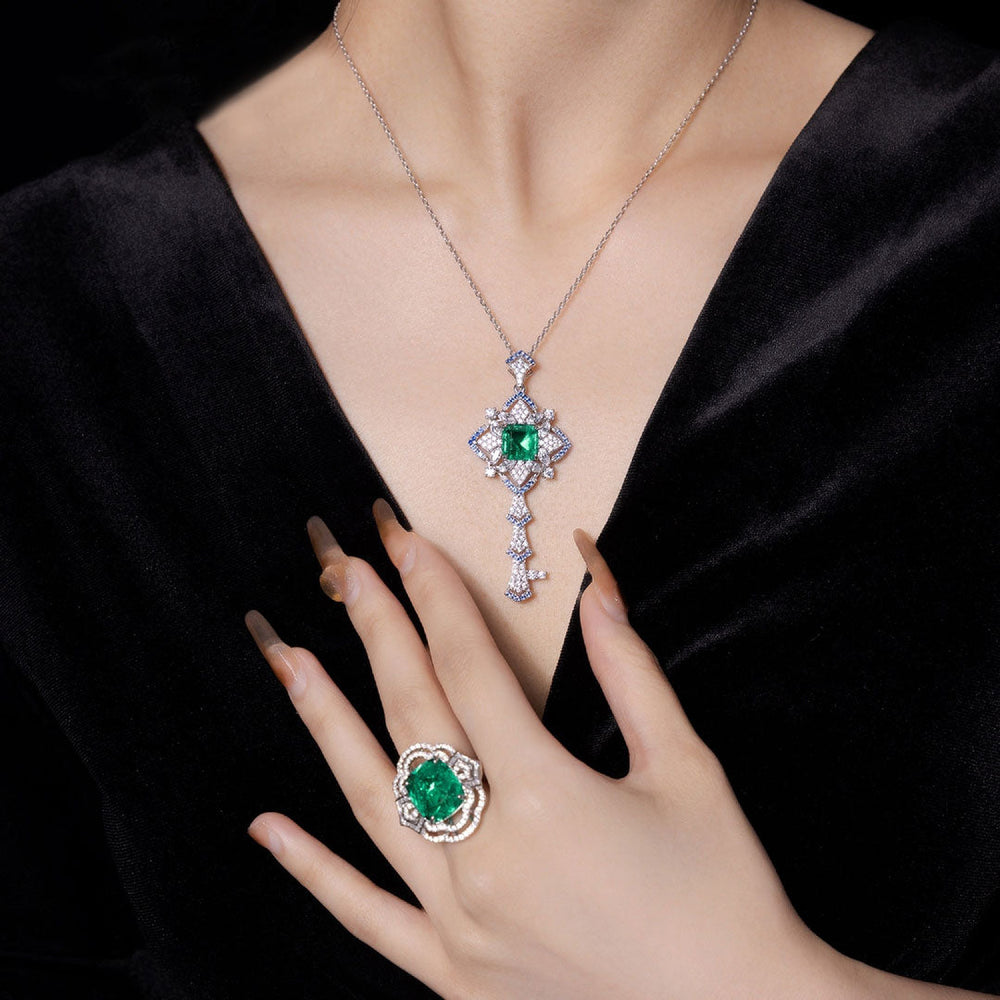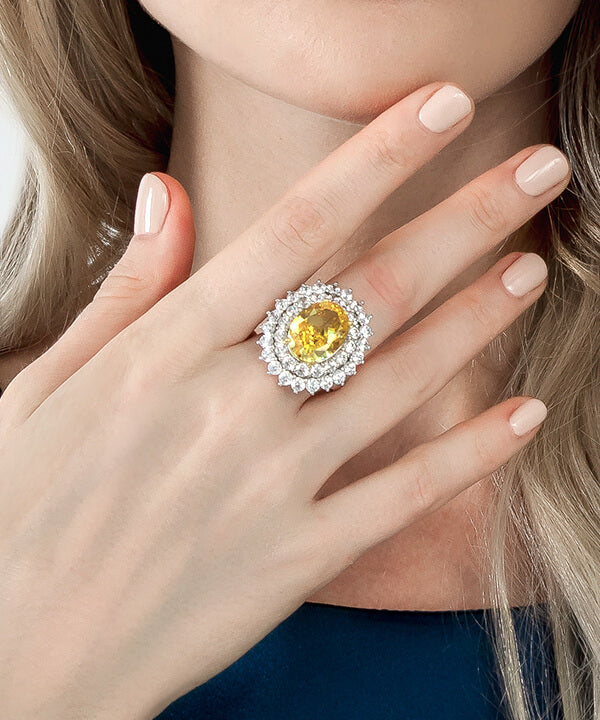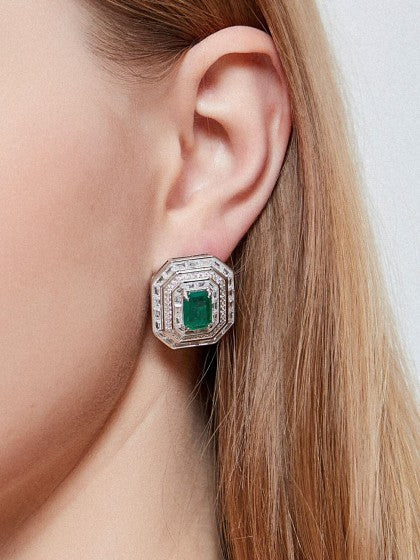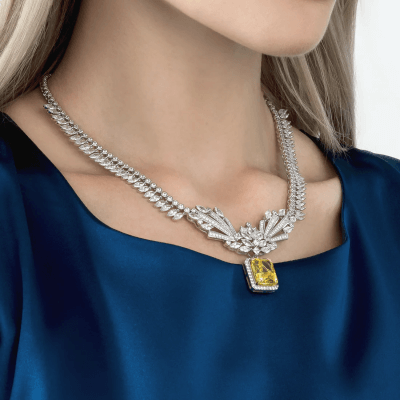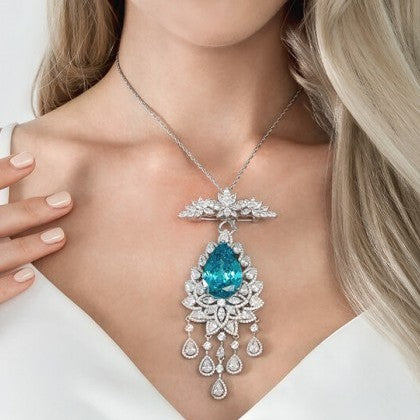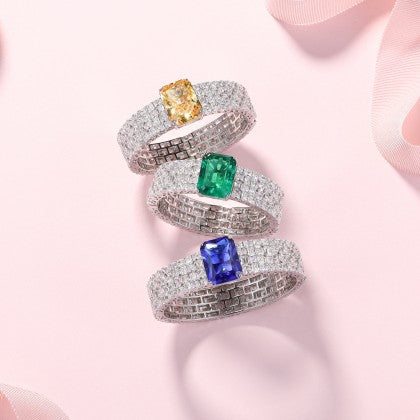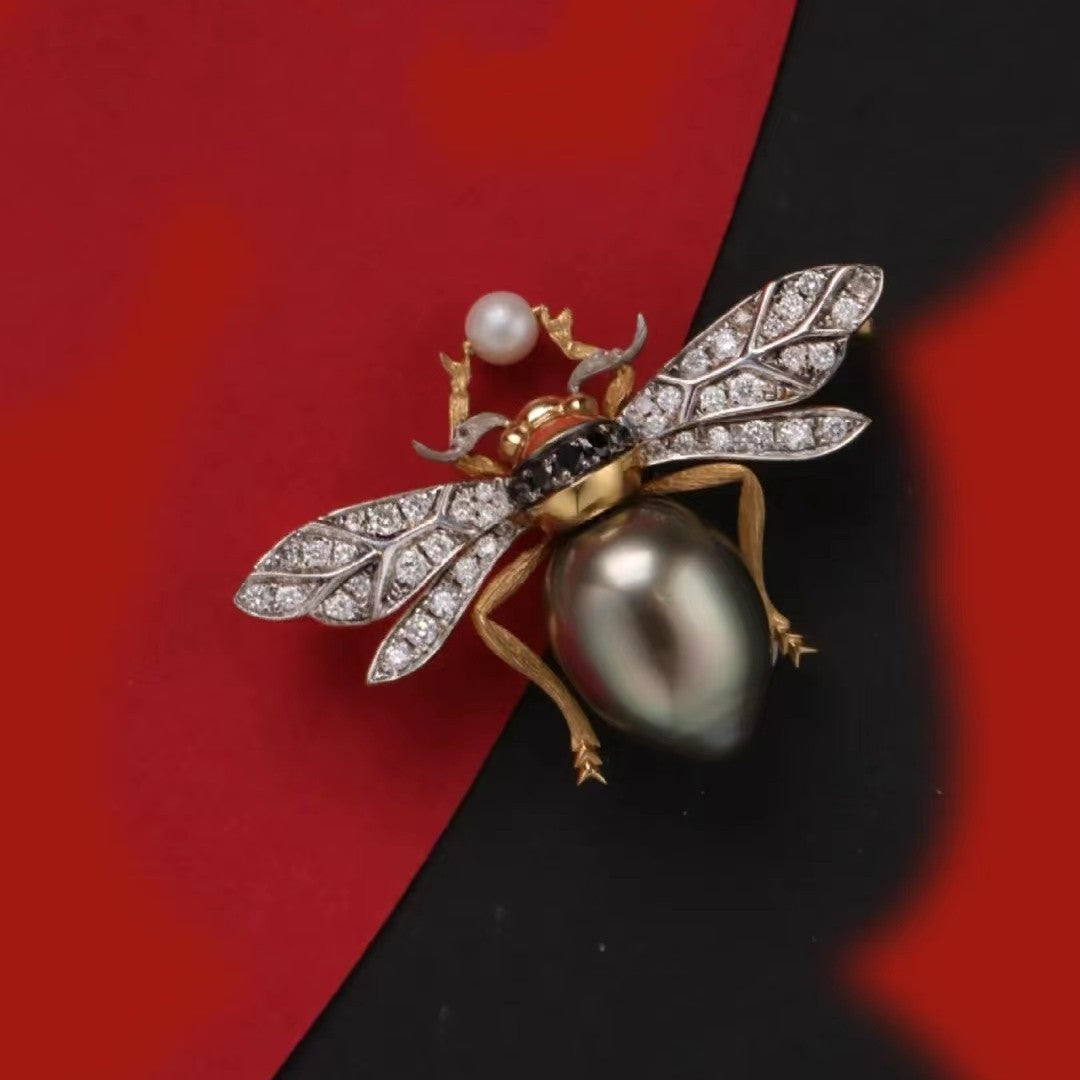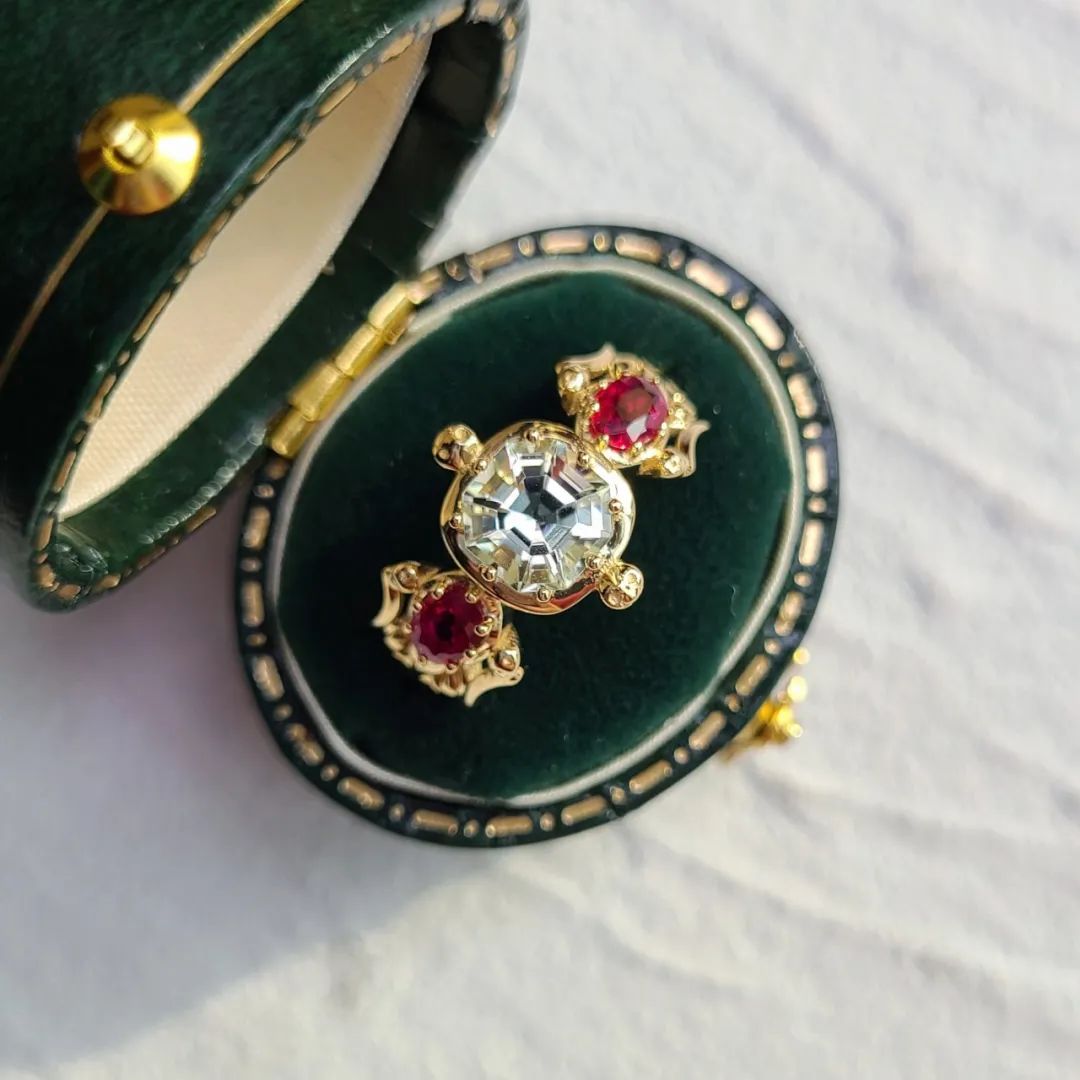Birthstone jewelry is a great way to give a thoughtful and personalized present that celebrates their unique qualities. Each birthstone is associated with a different meaning and symbolism, making it a meaningful gift that will be cherished for years to come.
Birthstones can be traced back to the 16th century. The ancestors paired different gemstones with 12 months of the year as a sign of personal birth. The gemstones representing each month were called "birthstones" or "birthstones". . Predecessors generally believed that the birthstone has the magical power of avoiding evil and protecting the body, which can bring good luck to people.
It should be noted that the birthstone, like the constellation, is divided according to the birthday of the Gregorian calendar. Want to know what was the birthstone that was represented when you were born, want to know your birthstone? Then look down~
January Birthstone: Garnet
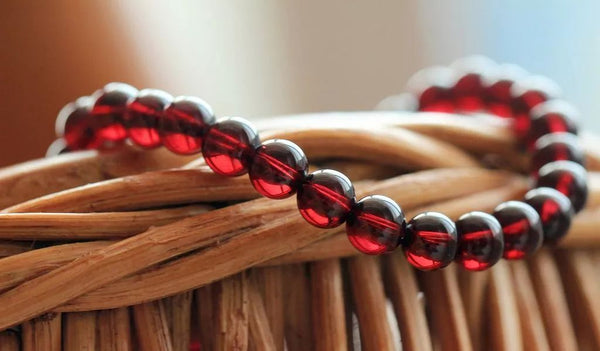
Garnets found so far have almost all colors except blue. It is generally believed that red pomegranate is the birthstone for January.
The history of red garnet can be traced back thousands of years, and a garnet necklace was unearthed in a cemetery near a lake in the Czech Republic, using Bronze Age materials. In Egypt, Sumer, and Greece, garnets were widely used as inlays and as round jewelry stones.
February Birthstone: Amethyst
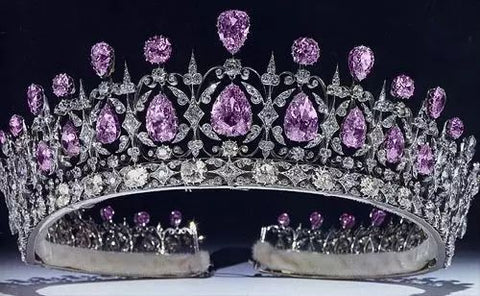
Amethyst has been used as a decorative gemstone in France as early as 25,000 BC. In the 18th century, amethyst was very popular and expensive in France and England. However, since the Ural Mountains mining area was discovered in 1799, amethyst mining in Brazil has also increased the supply, and the price of amethyst has fallen accordingly.
The Greeks believed that amethyst could prevent people from getting drunk. In Greek, amethstos means "not drunk".
Legend has it that Bacchus, the Greek god of wine, was once insulted in revenge by claiming that his tiger would swallow the first person he saw. The first person he saw was a girl on her way to the shrine to the Diana goddess. When the tiger jumped out, the goddess transformed the girl into a crystal statue.
Later, in order to express his repentance, Dionysus poured grape juice as a libation on the statue, which gave the statue a beautiful purple color.
March Birthstone: Aquamarine
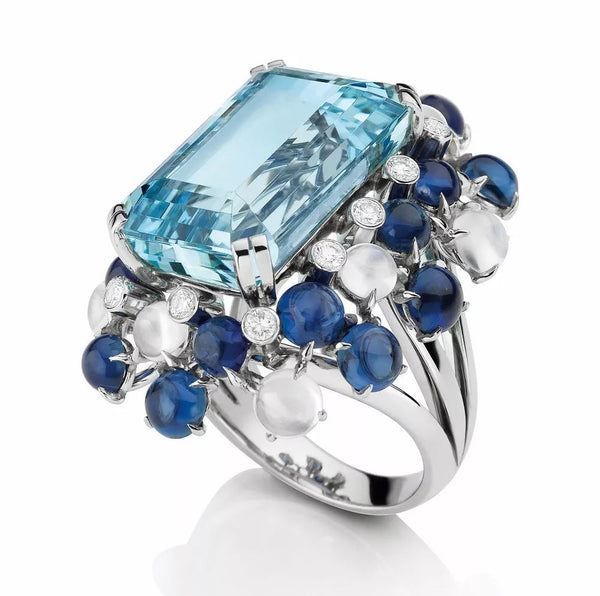
The first documented use of aquamarine dates from 480-300 BC.
For early Christians, aquamarine symbolized revival, joy, and eternal youth.
Sailors also love this gemstone with the name of sea and water. They think that wearing aquamarine makes people brave and fearless, and they can survive difficulties at sea, especially when the gemstone is carved with "Poseidon on the chariot". when.
April Birthstone: Diamond
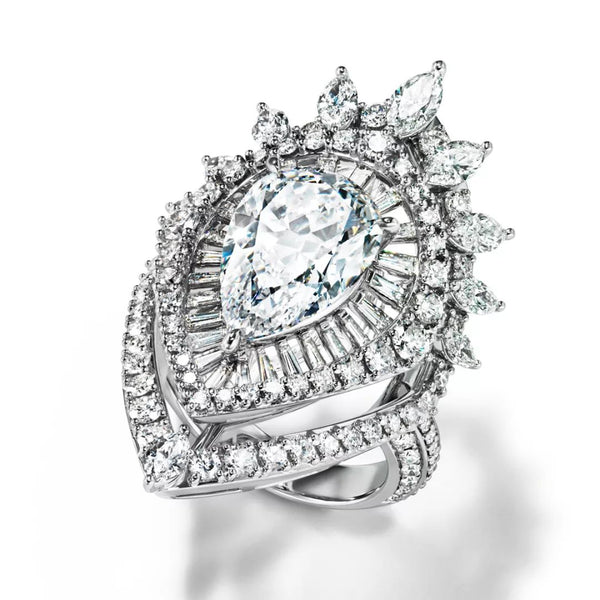
Diamonds are unique examples in the world of colorless gemstones due to their extreme brilliance and brilliance of fire.
The history of diamonds can be traced back to India in 800 BC. In the 1st century BC, its reputation spread to Rome. Pliny described diamonds as substances that can inscribe everything, and named it with the word "diamond", The word means "unyielding" or "invincible", which aptly describes the diamond's hardness.
Even in the 19th century, only a handful of emperors ever owned diamonds.
May Birthstone: Emerald

In the beryl family, emerald has the longest history. Of course, its name has nothing to do with its long history. The word emerald comes from the Greek smaragdos, which has contradictory meanings.
For the Romans, emeralds symbolized the natural regeneration ability and the treasures dedicated to Venus. In the 4th century BC, the ancient Greek philosopher Theophrastus (Theophrastus) pointed out: Emeralds have the ability to rest the eyes. , soothing and relaxing effect. (Huh? I didn’t expect someone to know the reason why the background of the mobile phone is green so early.
June Birthstone: Pearl
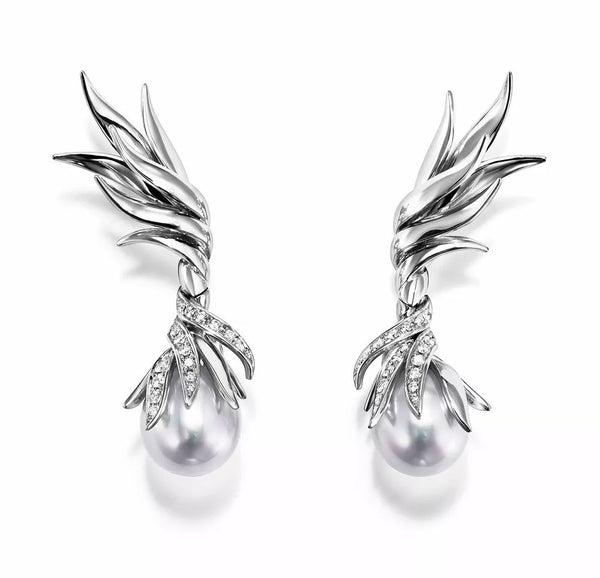
The beauty of pearls has always been known, but its price has changed over time.
In 1916, millionaire Morton Plant wanted to buy a pearl necklace for his wife at Cartier for $1 million. The rich man proposed to exchange an estate, and Cartier agreed.
In 1956, this million-dollar pearl necklace was auctioned and only sold for $151,000. The land that was originally exchanged stood the iconic building of Fifth Avenue, which is the most expensive land in New York and has always been owned by Cartier.
July Birthstone: Ruby
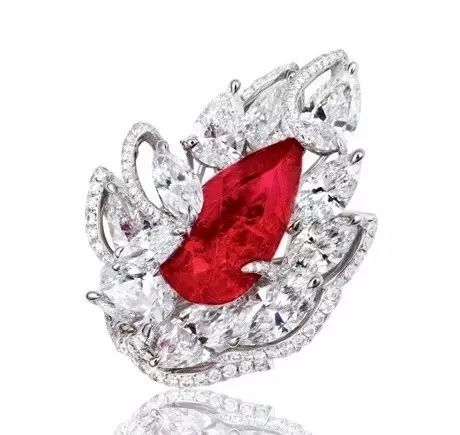
In the Middle Ages, rubies were believed to have a spiritual fire that could not be hidden. Italian mineralogist Camillas Leonardus ridiculed those who denied the efficacy of gemstones. He believed that rubies can help the owner maintain health, dispel evil thoughts, control lust, and adjust disputes.
Yet another view is that a ruby can warn its owner of impending misfortune or disaster by becoming dimmed. It is said that Henry VIII's first wife, Catherine of Aragon, sensed the dimming of her ruby and foresaw her own downfall.
August Birthstone: Peridot
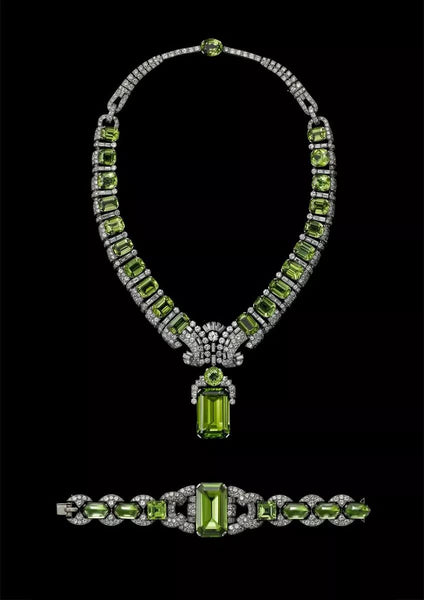
The ancient Egyptians called peridot the jewel of the sun, and wearing peridot is a symbol of royal dignity. It is also believed that peridot will protect its owner from evil spirits. Since torchbearers are symbols of the sun, if a torchbearer is inscribed on peridot, it will bring wealth to the owner.
Peridot was used as beads in Egyptians as early as 1580 BC, and it was also commonly used in rings and pendants in Greece and Rome in the 3rd and 4th centuries BC. In the 19th century, peridot became popular in Europe and the United States.
September Birthstone: Sapphire

Chemical composition: AI2O3
Hardness: 9
Refractive index: 1.76~1.78
Sapphires contain all the colors of the corundum family except red: pink, yellow, brown, green, purple, blue, orange... except for blue, they are all called colored sapphires.
Sapphire dates back to the 7th century BC, when it was used by the ancient Etruscans. Since the 11th century, sapphire has been the preferred gem material of European royal families and churches.
It is believed that sapphires can protect kings from harm and jealousy. For people other than kings, sapphires can prevent poverty, make a stupid person wise, and make a violent person good-tempered. (The former is probably because only the rich could afford sapphire at that time.)
October Birthstone: Opal
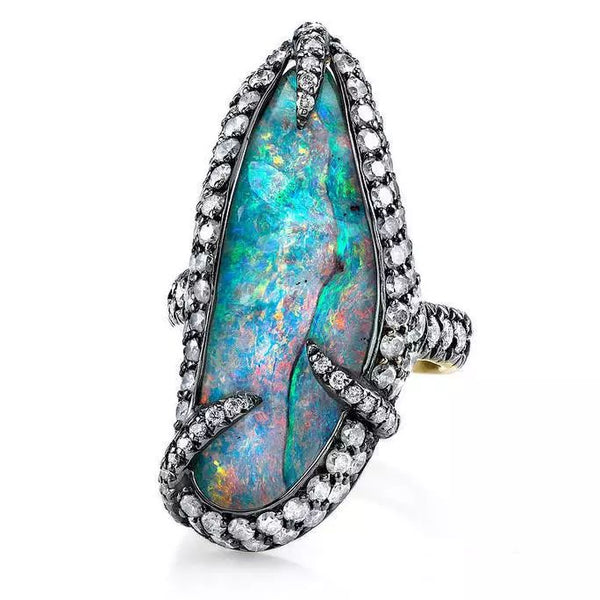
By some standards, opal is not a mineral because it has no crystalline structure at all.
Opal is formed from microscopic spheres of silica bound together with more silicon and water. The less water opal has in it when it is formed, the better its physical properties.
Despite its fragility, its stunning color and beauty are enough to overlook its physical inadequacy.
Shakespeare referred to Opal as "the queen of gems" in the play Twelfth Night. In the 16th century, Mexican opal was known to Europe. It was not until 1887 that black opal was discovered in Australia. Because Queen Victoria was willing to give opal jewelry to her children, opal became the most famous in Art Nouveau. Jewelry of flair.
The Romans believed that Opal symbolized love and hope, while the Arabs believed that Opal came from heaven and landed on earth because of lightning.
November Birthstone: Citrine
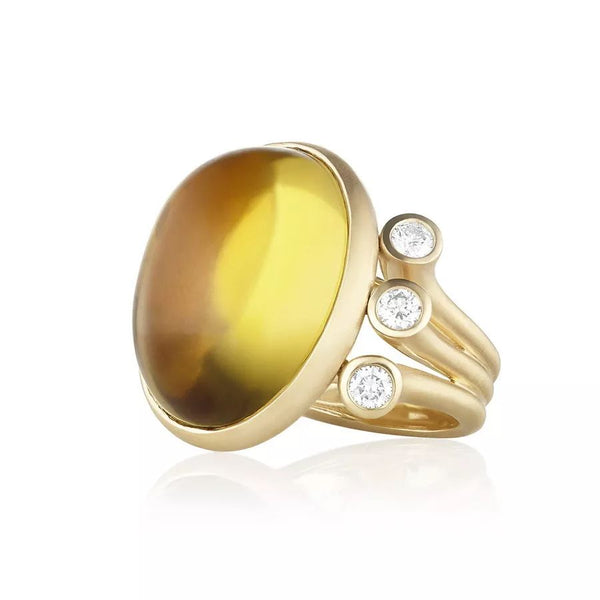
small file
Chemical composition: SiO2
Hardness: 7
Refractive index: 1.544~1.554
Topaz is actually very rare in nature, and most topaz on the market is obtained by irradiating natural amethyst. Topaz was very popular in Greece and Rome in the 1st and 2nd centuries AD. People used it for intaglio carving and processed it into cabochon gemstones on rings.
Its English name "citrine" comes from the French word "citron", which means lemon, implying the lemon-like color of topaz.
December Birthstone: Topaz
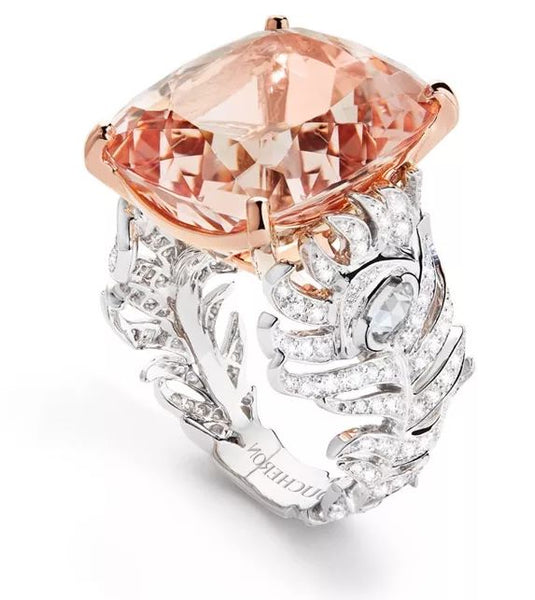
small file
Chemical composition: Al2SiO4(F,OH)2
Hardness: 8
Refractive index: 1.606~1.644
Topaz is known for forming large, high-quality crystals. A common misconception about topaz is that they are all yellow (now that irradiated topaz dominates the market, people probably think they are all blue), so topaz is also called topaz.
In fact, pure topaz is colorless, and topaz with impurities is blue, light green, yellow, pink, red. Golden-yellow-orange topaz is called imperial topaz, including sherry, salmon, pink orange, peach, etc. Only Emperor Topaz is the birthstone of December.
In medieval Europe, topaz was believed to strengthen the mind, ward off mental disorders, and prevent sudden death. Topaz was occasionally used in churches and royalty, but it did not catch on. It didn't become a fashion favorite until the early 1800s, and during the Victorian period, topaz was one of the most sought-after gemstones.
Conclusion
Birthstone jewelry is a meaningful and personalized way to celebrate a loved one's unique qualities and characteristics. By selecting a piece of jewelry that features their birthstone, you can give a gift that is not only beautiful but also holds a special significance.
As we've explored in this blog post, each birthstone has its own distinct characteristics and symbolism, making it a unique and personal gift. Whether you're looking for a gift for a January baby or a December one, there's a birthstone that's perfect for every occasion.
We hope this guide to birthstones and their meanings has been informative and helpful. Remember, birthstone jewelry is a gift that will be cherished for years to come, and it's a great way to show your loved ones just how much they mean to you.
So whether you're shopping for a birthday gift or simply looking to add some new jewelry to your collection, consider the beauty and meaning of birthstone jewelry. We're sure you won't be disappointed.
This article was first published in https://dissoojewelry.com/.
Want to know more about jewelry,click https://dissoojewelry.com/collections/pink to learn more.
